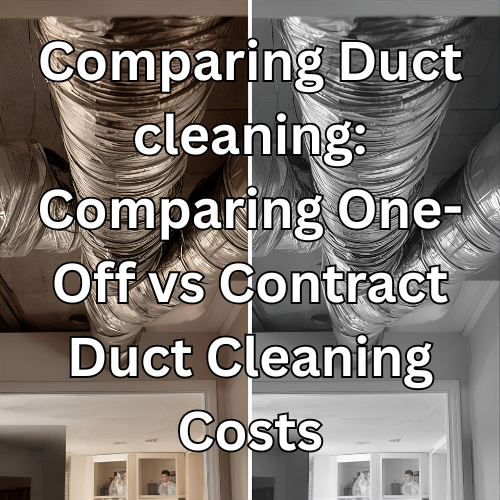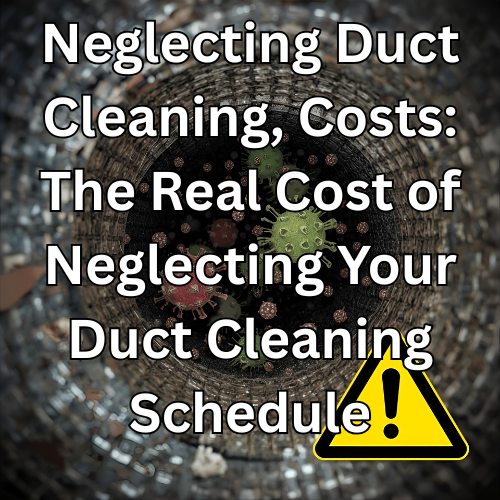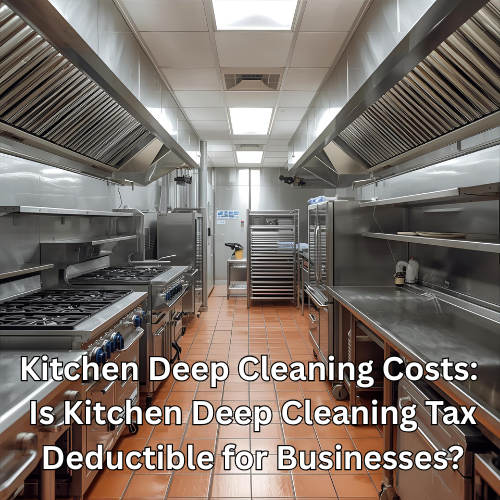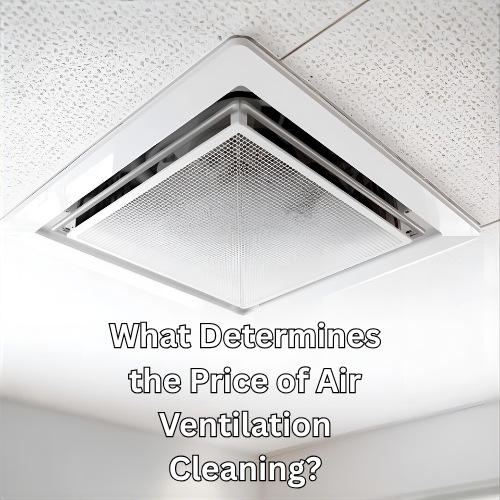When it comes to running a commercial kitchen, ventilation failures aren’t just frustrating — they’re dangerous, disruptive, and potentially business-ending. Whether you’re reacting to a failed inspection, fire risk, or faulty fan, this section tackles the top problems restaurant owners are searching for online. If any of the following situations sound familiar, read on — immediate action could save your business.
🔥 Red Flag number 1. Grease Build-Up in Kitchen Ducts: A Ticking Time Bomb
If you’ve searched: “Grease build-up in kitchen duct”
This is one of the most common and critical problems we see. Over time, grease accumulates in the internal ductwork of your extraction system, becoming a fire hazard and a serious health violation.
Why this matters:
- Grease is highly flammable and one spark could ignite it.
- It blocks airflow, causing poor extraction and overheating.
- Insurance companies may void your coverage if cleaning schedules aren’t documented.
What to do:
- Book a NAAD 21 compliant duct cleaning immediately.
- Get a certificate for your insurer and environmental health officer.
😷 Red Flag number 2. Smells from Your Commercial Kitchen Extractor Fan
If you’ve searched: “Commercial kitchen extractor fan smells”
Unpleasant odours from your extractor system aren’t just embarrassing — they often point to underlying hygiene or mechanical issues. It could be trapped grease, dead air zones, or even mold.
Common causes:
- Grease and food particles rotting inside filters or ducts.
- Fan not operating at correct speed or airflow.
- Air not being properly expelled to the outside.
Immediate fix:
- Replace or deep clean grease filters.
- Inspect airflow and fan motor efficiency.
- Consider a professional air hygiene assessment.
🛑 Red Flag number 3. Extractor Fan Failure: Complete System Breakdown
If you’ve searched: “My restaurant extractor fan isn’t working”
No airflow? No extraction? Your kitchen may need to shut down immediately. You’re likely in breach of ventilation regulations, fire safety law, and food hygiene standards.
Urgent signs:
- Fan won’t start.
- Loud grinding or humming noises.
- Steam, smoke, and grease building up indoors.
What’s likely gone wrong:
- Electrical failure or blown motor.
- Blocked ductwork causing backpressure.
- Burnt-out bearings or seized components.
Act now:
- Turn off all cooking appliances.
- Call an emergency fan repair or replacement specialist.
- Consider an annual maintenance plan to prevent future outages.
🚨 Red Flag number 4. Noisy Ventilation System? It’s a Warning Sign
If you’ve searched: “Why is my ventilation system making noise?”
Rattles, bangs, or grinding from your ducting or extractor fans usually mean something’s loose, broken, or worn. Don’t ignore it — small sounds become big problems.
What it might be:
- Loose fan blades or duct panels.
- Worn bearings in the motor.
- Air pressure fluctuations from blocked filters.
What to do:
- Schedule an urgent inspection.
- Request a vibration and noise-level assessment.
- Catch the fault before the fan burns out.
🧑⚕️ Red Flag number 5. Health Inspector Warning: Clean Your Air Ducts
If you’ve searched: “Health inspector said clean air ducts”
Health inspectors don’t give warnings lightly. Failing to act fast could mean a Closure Notice, loss of rating, or criminal charges for food safety violations.
They’re looking for:
- Visual grease contamination.
- Lack of cleaning records.
- Non-compliance with TR19 or BS EN standards.
What you need now:
- An urgent NAAD 21-compliant clean with full report.
- Signed documentation for the inspector.
- Ongoing service contract with a reputable provider.
🧾 Red Flag number 6. Failed Insurance Inspection Due to Kitchen Ventilation
If you’ve searched: “Kitchen ventilation cleaning failed insurance inspection”
Insurance companies now demand documented evidence that your ventilation and ducting are regularly cleaned. If your insurer flagged a failure, your entire policy may be at risk.
They will check:
- Whether your extractor system is on a maintenance schedule.
- Proof of certified cleaning (usually NAAD 21).
- Photos and access reports of duct internals.
Solution:
- Get an emergency NAAD 21 clean.
- Ensure future cleans are on a regular service schedule.
- Ask your cleaning provider for compliance-friendly paperwork.
🧯 Red Flag number 7. Fire Damper Testing: Don’t Skip This Life-Saving Step
If you’ve searched: “Get fire damper tested urgently”
Fire dampers are often hidden inside ducting, but they’re critical. In the event of a fire, they close automatically to contain flames and smoke. But if they’re jammed, corroded, or untested — they won’t work.
UK law (BS 9999) requires:
- Annual fire damper testing (visual and drop tests).
- Certified engineers only.
- Detailed pass/fail reports.
Act now:
- Book urgent fire damper testing.
- Add damper testing to your annual compliance schedule.
- Don’t risk criminal charges or fatal consequences.
🧼 Red Flag number 8. Post-Inspection Deep Clean Needed? We’ve Got You
If you’ve searched: “Commercial kitchen needs deep clean after inspection”
Your inspection might’ve revealed more than ductwork issues. Food prep areas, canopy hoods, extraction units, and fans often need a full top-to-bottom deep clean to meet regulatory standards.
What should be cleaned:
- Canopy hoods
- Fan units and motors
- Filters
- All ducting
- Hard-to-reach grease traps and internal surfaces
Our recommendation:
- Book a full commercial kitchen deep clean.
- Include photo reports and certification.
- Schedule follow-ups before your re-inspection date.
🔥 Red Flag number 9. Kitchen Extractor Fan Fire Risk: Don’t Gamble With Lives
If you’ve searched: “Kitchen extractor fan fire risk”
Every year, UK fire services respond to hundreds of fires caused by poorly maintained kitchen extraction systems. If your fan is clogged, overworked, or improperly installed, it’s only a matter of time.
Signs of fire risk:
- Excessive grease build-up.
- Fans running hot or smelling burnt.
- No record of recent maintenance.
Don’t wait until it’s too late:
- Get a fire safety audit.
- Replace old fans with new fire-rated systems.
- Document everything for your insurer.
✅ Take Action Now — Protect Your Kitchen, Staff, and Customers
Your kitchen ventilation isn’t just part of the equipment — it’s your fire defense, your hygiene guardian, and your license to trade.
If you’ve experienced any of the issues above, it’s time to stop searching and start fixing. Book a consultation with a trusted NAAD 21-certified commercial kitchen cleaning and ventilation expert today.





